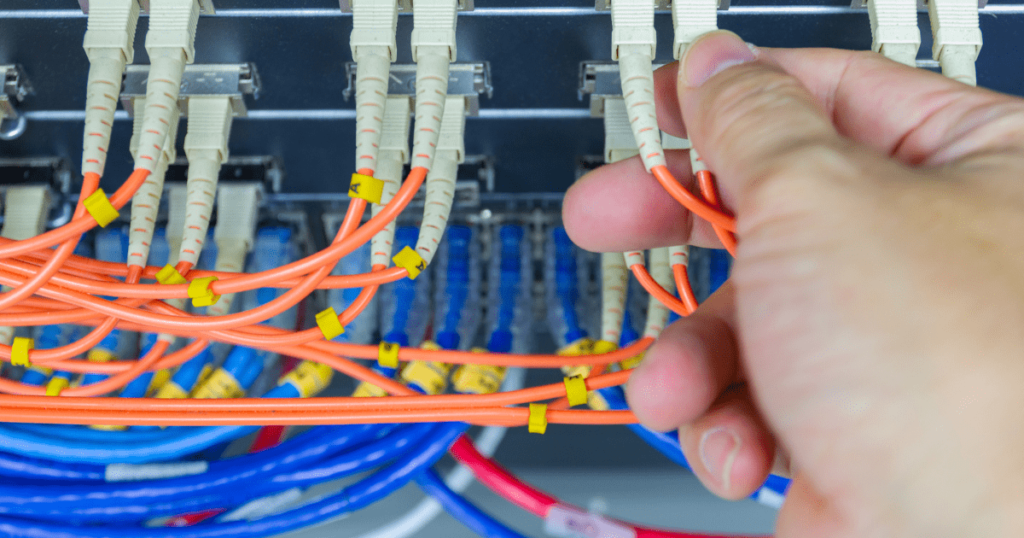
The estimated lifetime of an optical fiber in a telecom network is 25 years, which led all other cable components to be designed to match this fiber optic cable durability. UV protection on outer cables, resistance to moisture or water, tension elements inside the cable, etc., are all designed to achieve longevity for more than 25 years.
What Precautions should we take during Installment?
There are many different factors that can influence fiber optic cable durability. Some of the situations that cause fibers to deteriorate faster than their usual lifetime are:
Surface flaws
A fiber without flaws (micro-cracks) on the surface is extremely resistant to tension and compression. However, a “perfect” fiber doesn’t exist, and micro-cracks are present in every fiber. Over time, and with the “help” of the tension to which the fiber is subjected, whether due to installation errors or environmental factors, these micro-cracks increase slowly at first. As they grow, so does the speed of degradation until failure or fiber breakage.
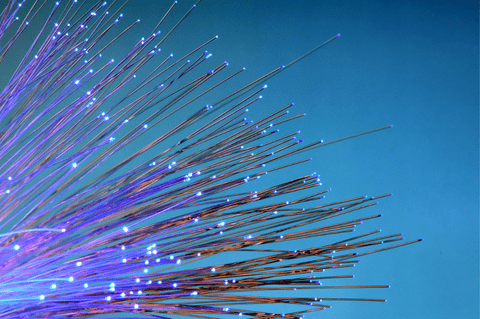
Installation
Careless installation can cause bending or stretching of the cable. This will cause tension on the fibers, which potentiates the micro-cracks in the fiber construction to increase the rate of degradation. The use of materials with different characteristics in the cable splices can cause fiber movement, for example in a joint with different thermal expansion coefficients than the cable. Placing fibers in a loose tube helps to minimize these effects by leaving the fibers loose, with the flexibility of movement, avoiding tension, and prolonging the life of the fiber.
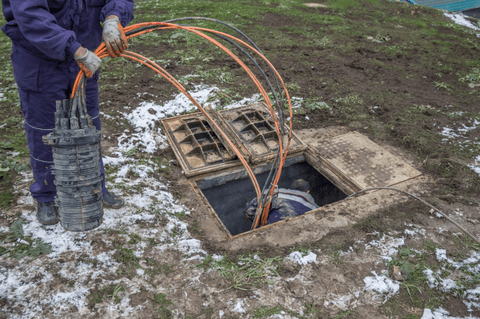
Environmental factors
Extremely high or low temperatures, variations in temperature, or the presence of humidity will increase the rate of fiber degradation. The rest of the cable materials, anti-moisture gel inside the loose tube, UV-resistant outer insulation, etc., will help to minimize these effects.
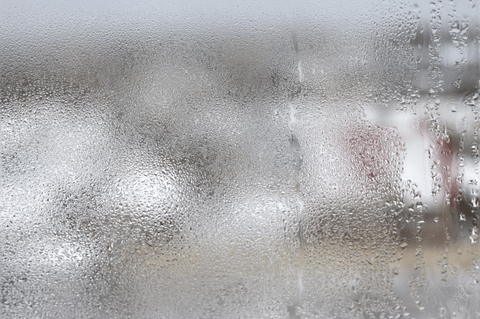
The first fibers installed on a large scale were 35 years ago, in the early 80’s, and to date, there are no reports of communication breakdowns due to fiber degradation.
The malfunctions in these networks are almost always caused by humans due to poor installation, misaligned fusions, or accidental cuts in the cable. Or by animals, mice, moles, etc., or natural phenomena.
Taking precautions with the factors mentioned above will help you improve the durability of your fibers, allowing them to achieve their longevity.
Why do Fiber Optic Cables have More Longevity?
Material-wise, fiber optical durability doesn’t differ from other telecommunications cables. Technology-wise though, fiber allows for expansion of the network without replacement of cables, an issue that can be faced when working with copper networks.
Other Benefits of Fiber Optic Cables (Versus Copper Cables)
Besides durability, there are many benefits to fiber optic cables, especially in comparison to copper cables. Some of these are:
- As mentioned before, with optical fiber you have a larger useful lifetime, as with it you can expand the network without needing to replace it. The same doesn’t happen with copper. In a copper system, the expected life cycle of a copper network is between 5 and 10 years since a technology upgrade implies the replacement of the complete network. That is, if you want to change from Cat 6 to Cat 6a you must change the entire network. In optical fiber, changes due to speed upgrades only affect active equipment, the distribution network used remains the same.
- Fiber has a higher transmission speed. The transmission speed in an optical cable is about 30% faster than in a copper cable. In other words, to travel the same distance, the optical signal is 30% faster.
- In comparison, optical fiber also has a larger bandwidth capacity. A copper cable can transmit up to 10Gb/s by standards. Fiber has no known maximum limit, but 250Tb/s has already been achieved in a single fiber.
- When talking about energy, fiber consumes less energy per user. In a copper system, each user consumes more than 10W. In fiber one, each user consumes 2W.
- Fiber optical networks are immune to electromagnetic interference. Copper cables transmit information through electrical signals (electron movement), which makes them vulnerable to external electromagnetic interferences (adjacent cables) and to other pairs inside the same cable. Optic fiber uses photon light pulses for transmission, which is immune to such interferences.
- Overall, fiber is safer. It’s hard to externally corrupt a fiber optical network, and the case isn’t the same for copper networks. In fiber, we have a substantial increment in network safety.
It’s safe to say that there are many reasons why fiber is a good choice for a telecom network, fiber optic cable durability being just one of them in such a wide range of benefits.
Related articles: Fiber Optic Attenuator: When You Should Use It



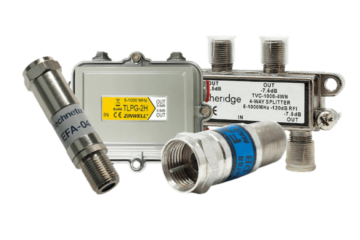
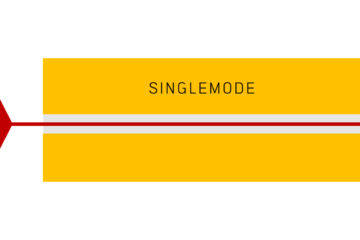

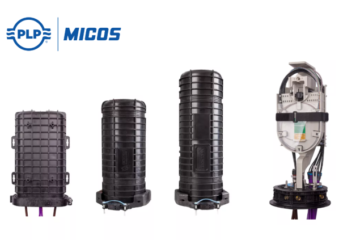

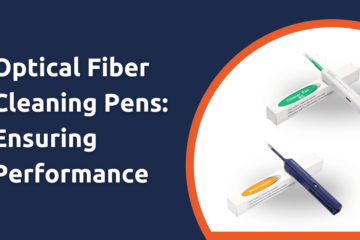
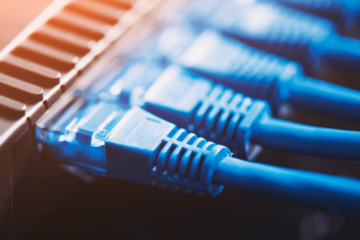
I didn’t know that fiber has higher transmission speeds. My office needs new cabling. I’ll have to order some fiber optic cabling online.
Thanks so much for talking about how fragile fiber optic cables are and how important it is that they are properly installed. My parents don’t have fiber internet in their house yet and they’ve been wanting to get it installed. We’ll have to look into hiring professionals to help us with that so we can be sure that the cable doesn’t break or get damaged in any way.
I had no idea that fiber degradation hasn’t caused any communication breakdowns since they were installed 35 years ago. I think that having a professional install fiber optics for a company could allow them to work safely since they last so long. I can understand how the right fiber optics can determine how effective a business is since they are integral to communication.
Thanks
It really helped when you said that fiber internet providers would not need to replace cables when you expand the network. This makes it a great choice for my home, especially when I plan to have additional floors and rooms constructed in the future. So it will probably easier to expand the connection inside the property if we use this option now.
It got me when you said that bending and stretching of the cable can happen if the installation process is not correctly done which can cause tension on them and form microcracks that can degrade in a material. I will make sure that I will look for a fiber internet service provider that has been in the industry for years and is constantly getting their work restrained. This will give me the assurance that we will have a fast connection once the process is done, especially when we have meetings and appointments online wherein we will be using video conferencing platforms, so the connection definitely should not have any problems.
It’s helpful to learn that fiber optic cables come with long-lasting features. One of my uncles is investing in commercial construction and is looking for an internet service supplier for the whole building. I’ll suggest he asks about fiber optic cable because of its network and material durability.